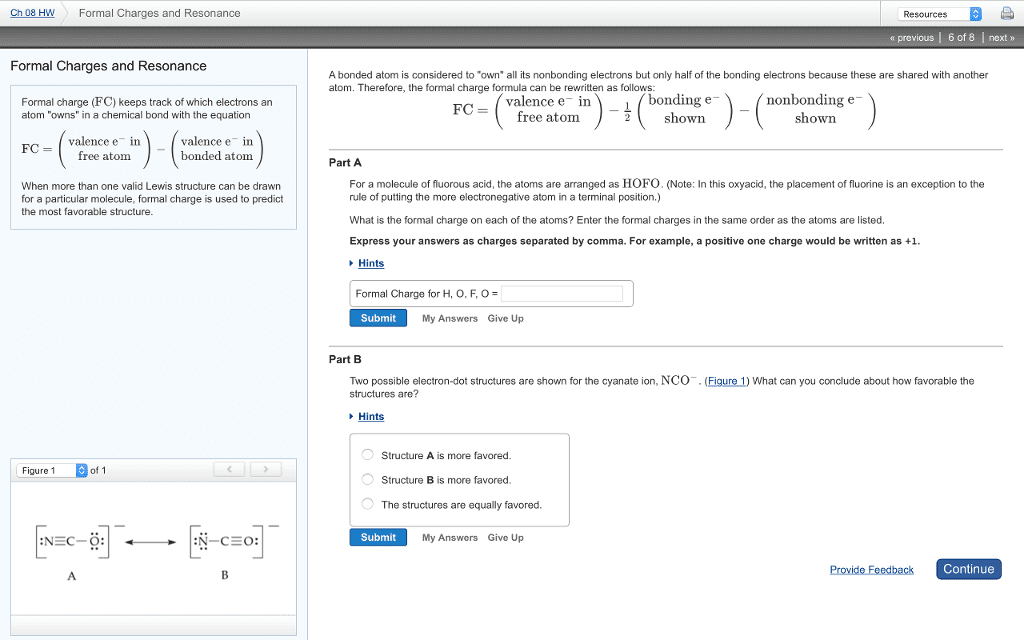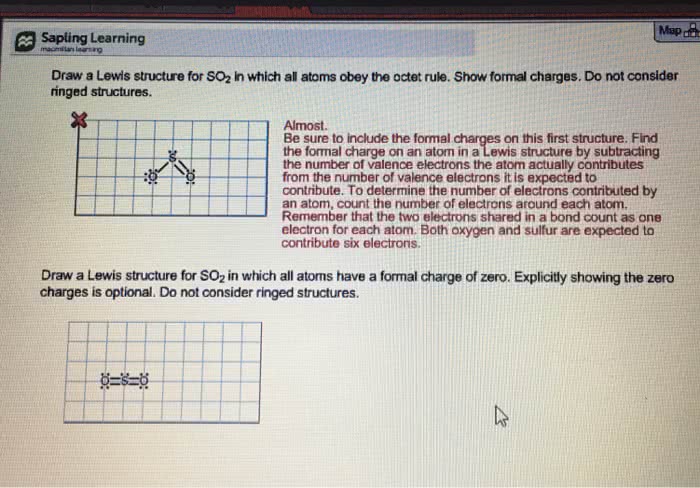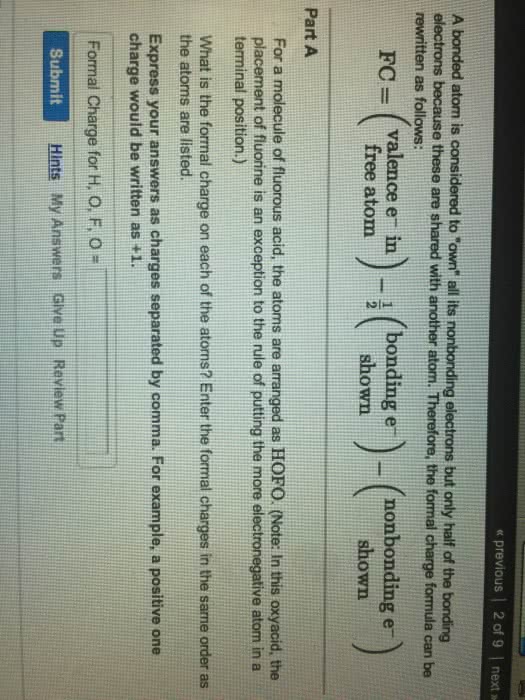CHEM120 Lecture Notes - Lecture 6: Chemical Polarity, Ionic Radius, Ionic Compound
Document Summary
Isomeric structures: molecules having the same molecular formula, but the atoms are arranged differently. Resonance structures: have the same special arrangement but different number of electrons around each atom. Oxidation number: charge on a n atom if electrons were transferred to the more electronegative atom. Formal charge: charge on an atom if electrons were shared equally. Formal charges are hypothetical and used to count the electrons. Increasing bond order = stronger bonds: equation: =(cid:2160)(cid:2161) (cid:2160)(cid:2161) Dipole moments of polar covalent bonds: when a polar covalent bond occurs between different atoms there is bound to be an atom that is more electronegative than the other. This causes a dipole moment: equation: =|, with this you can also calculate the % ionic character % (cid:2197)(cid:2196)= (cid:2197)(cid:2196) (cid:2778)(cid:2777)(cid:2777)





